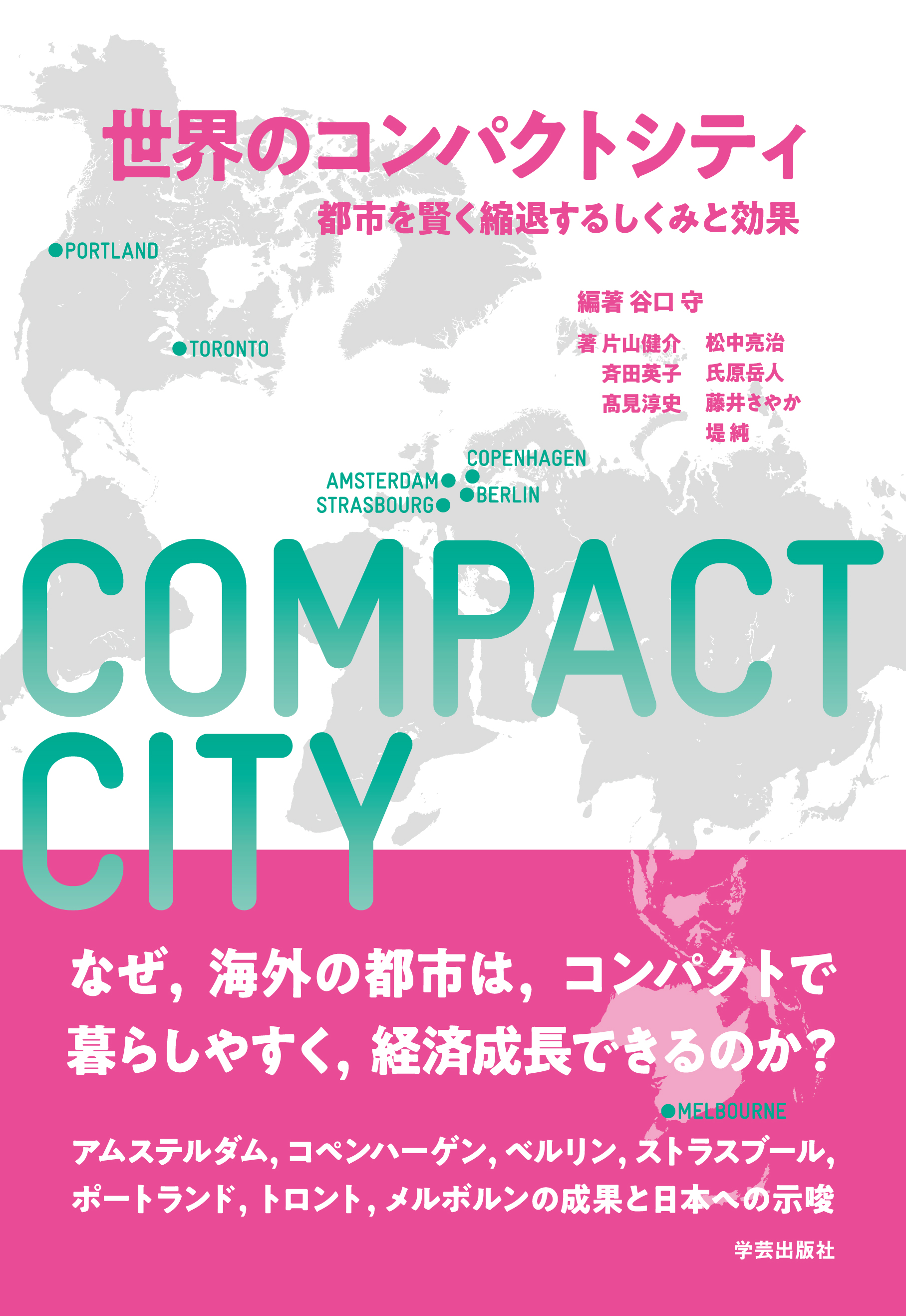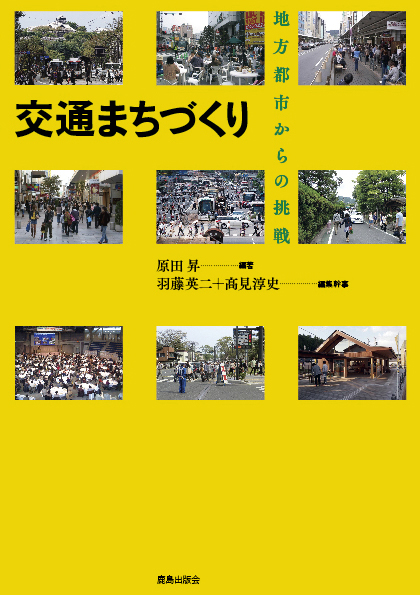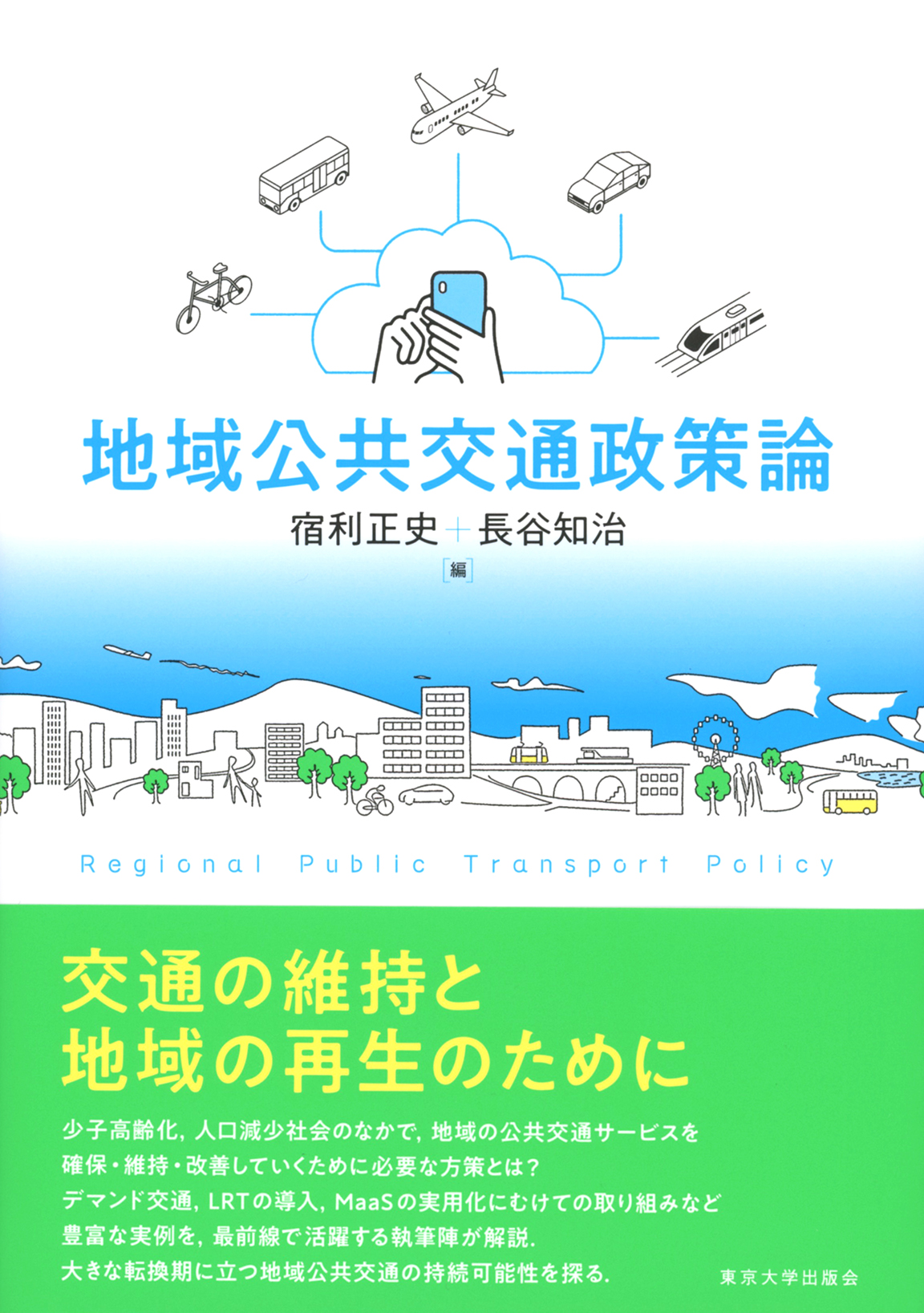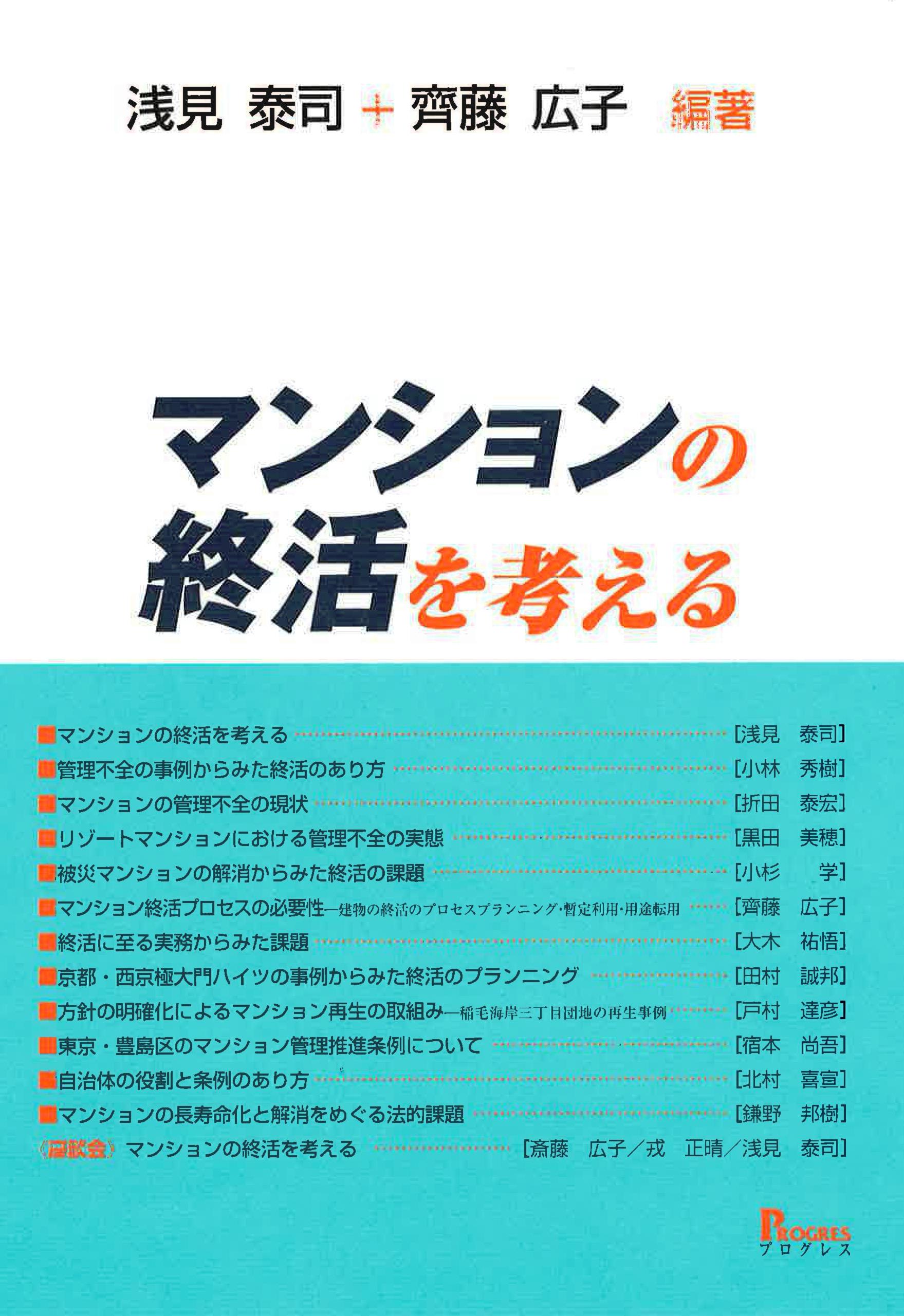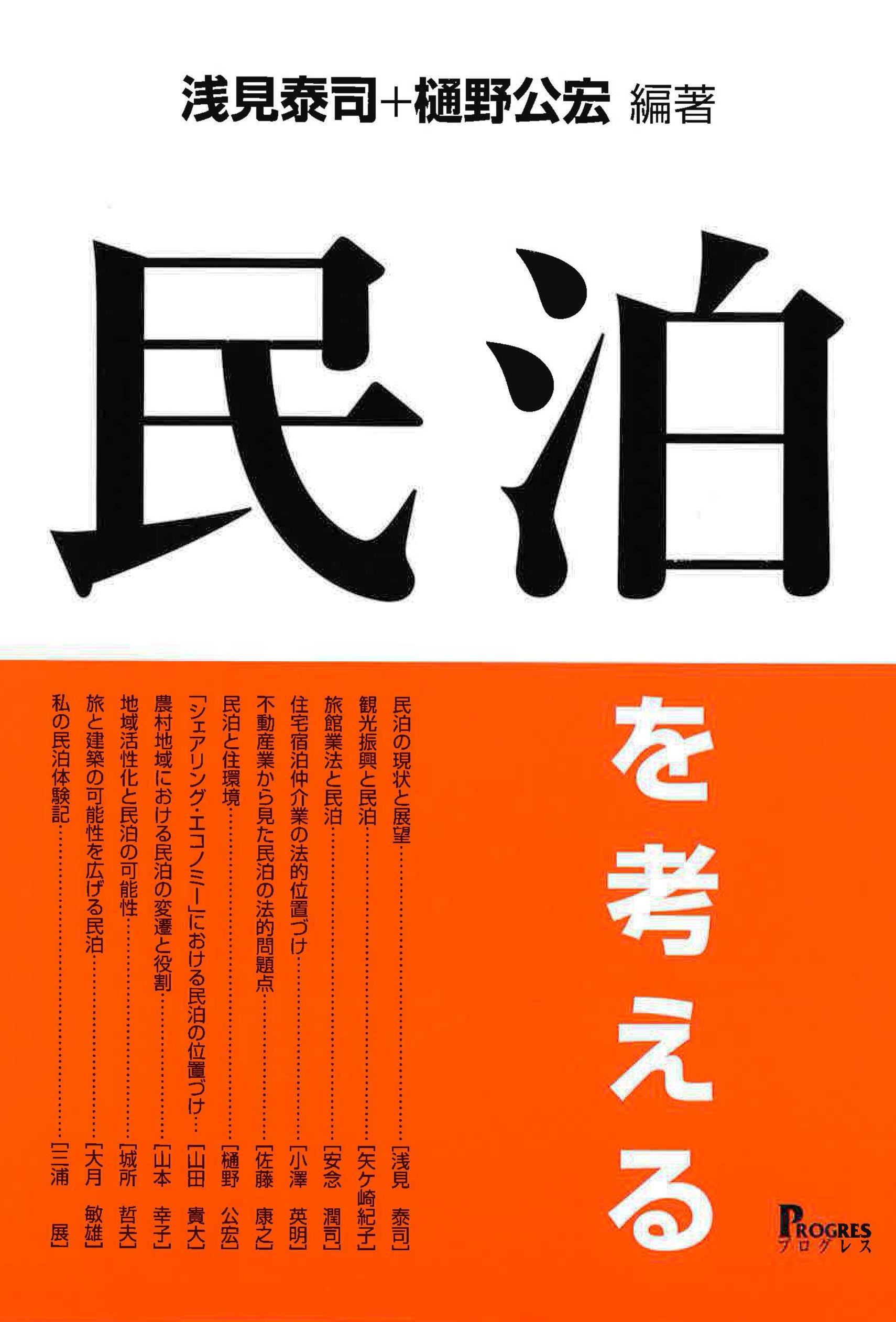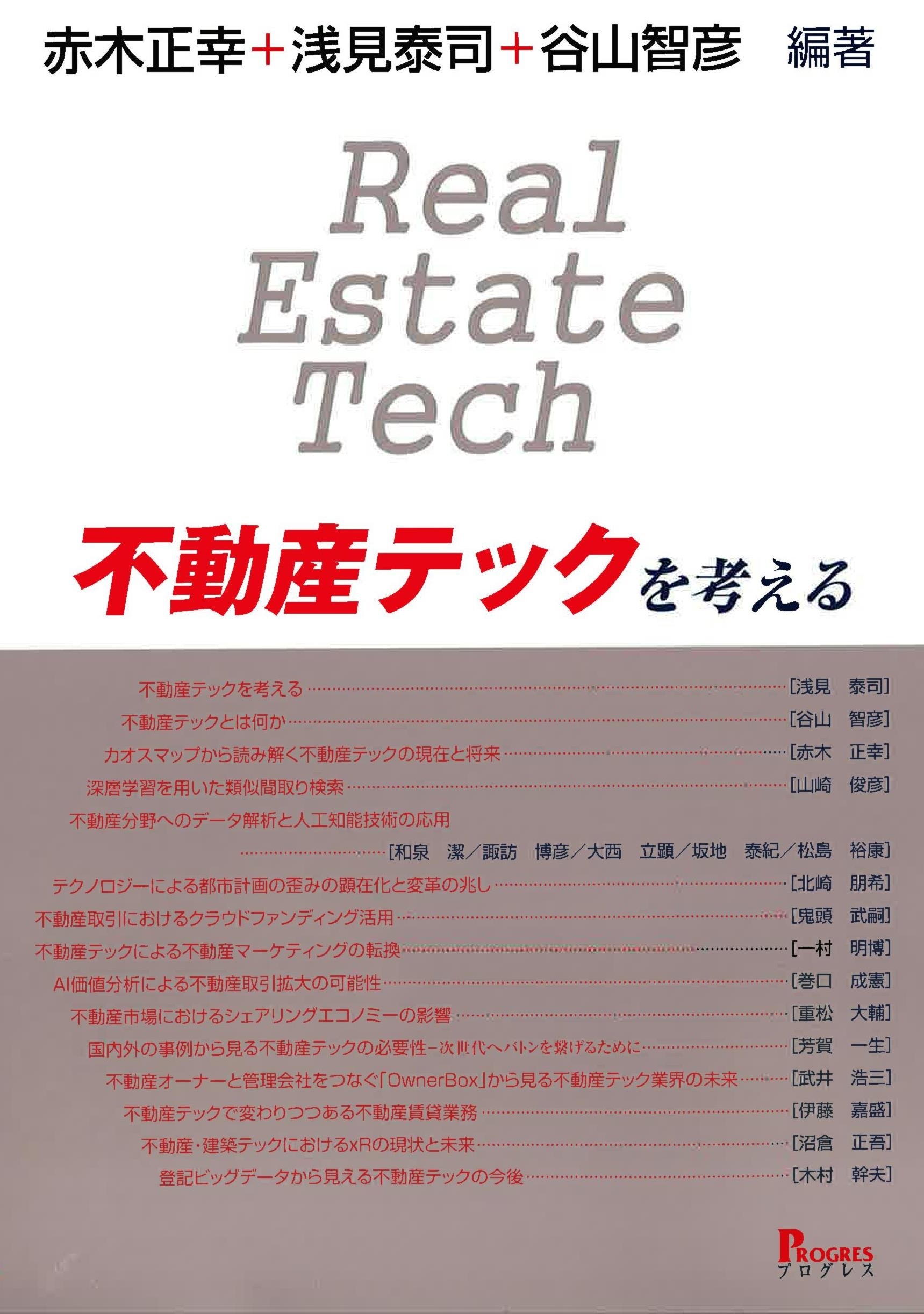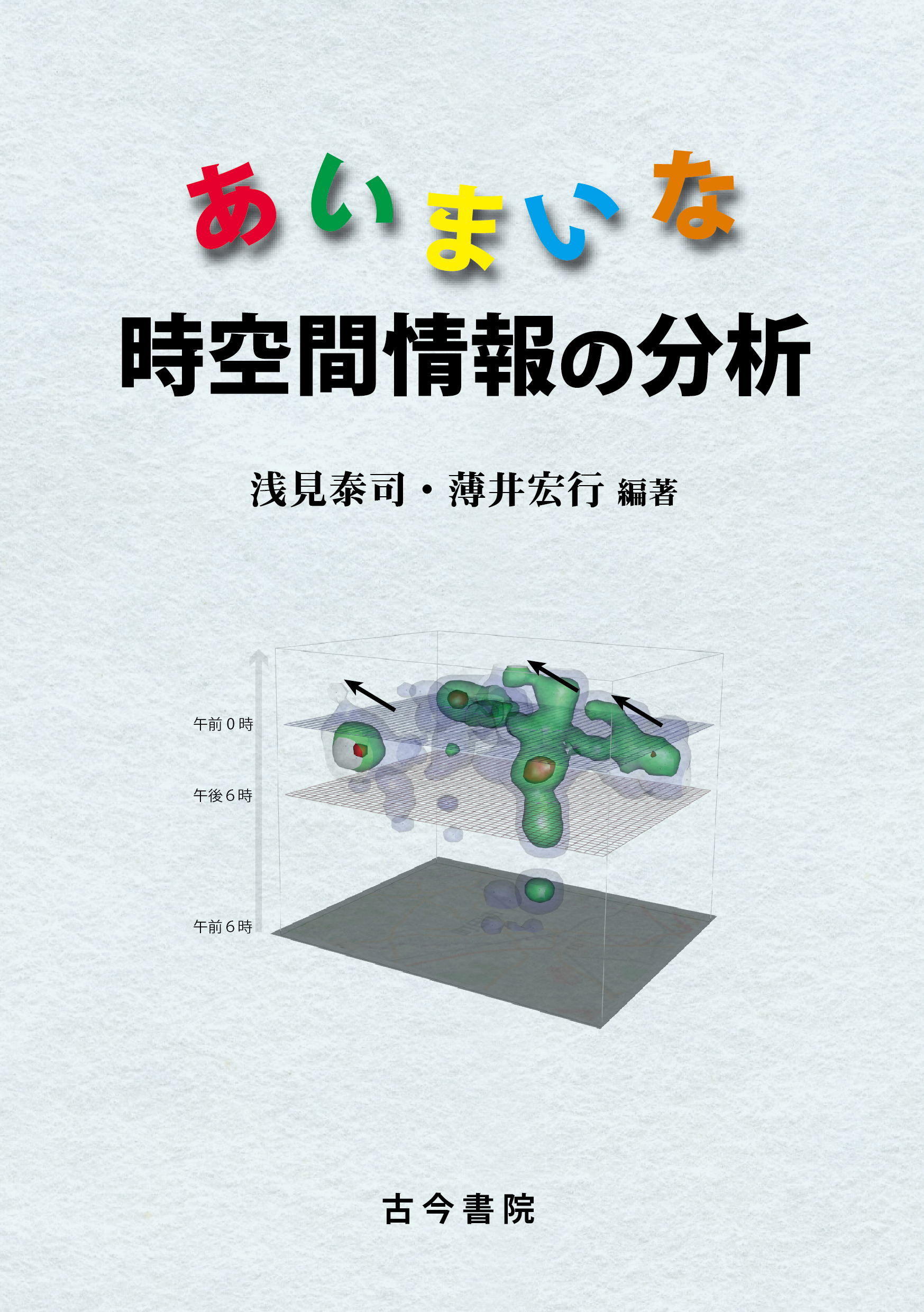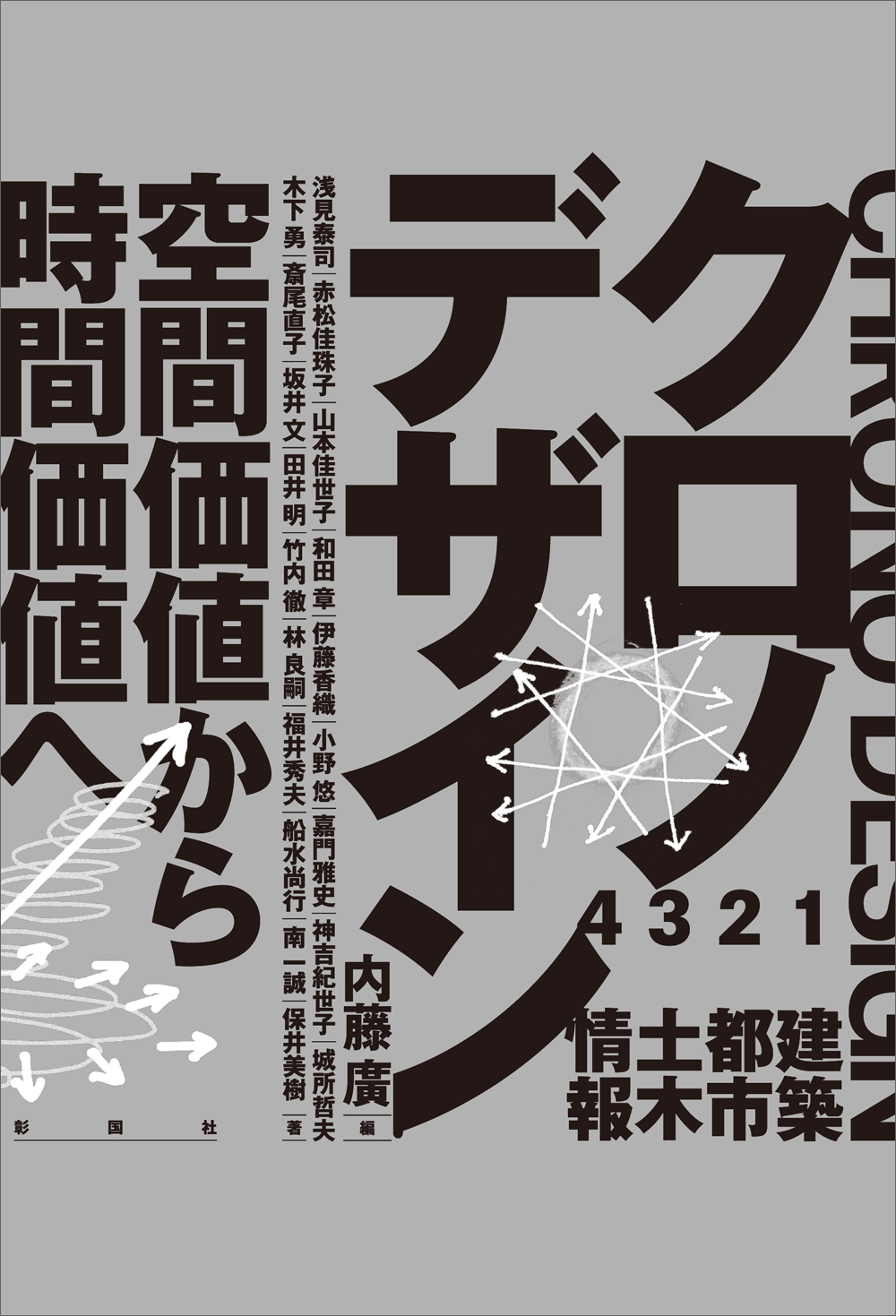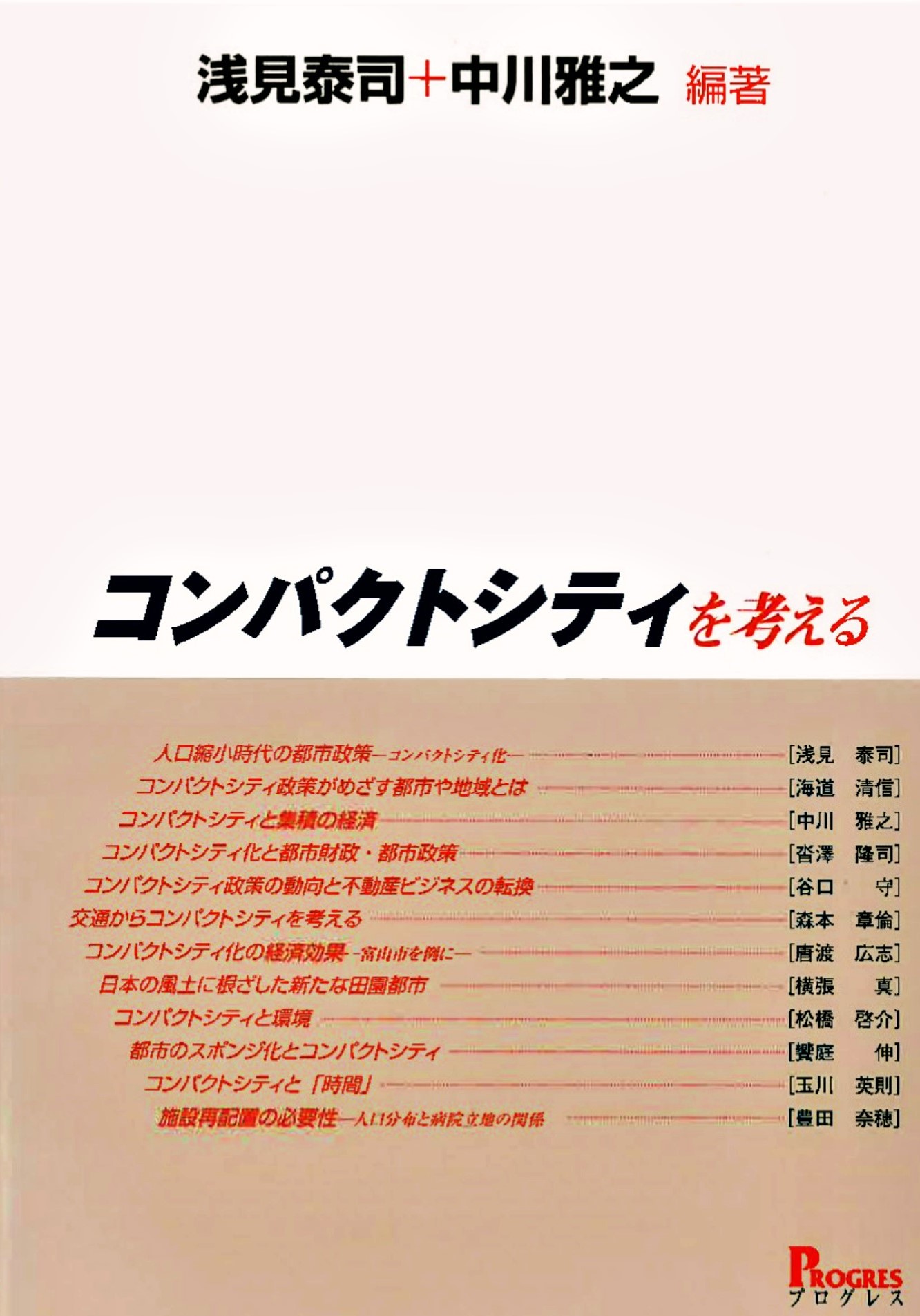
Title
Compact City wo kangaeru (Considerations on compact cities)
Size
176 pages, A5 format
Language
Japanese
Released
October, 2018
ISBN
978-4-905366-81-2
Published by
PROGRESS CO., LTD
Book Info
See Book Availability at Library
A “compact city” is a living environment where restraints are placed on suburban development, with efforts to narrow and halt the urban spread. The aim is an urban structure that promotes efficiency improvements in public services and the use of public transportation. One goal in Japan is the diffusion of public policies rooted in the ideas of compact and network urban policies. Japan is facing an era of both a declining population and shrinking cities, and there is a growing awareness that making cities compact is indispensable for maintaining the level of urban services. However, executing compact cities is not a simple matter. As for the legal system required to proceed with measures for more compact cities, Location Normalization Plans are provided under the national Act on Special Measures concerning Urban Regeneration. Nevertheless, the creation of such plans alone will not simplify the development of compact cities. In this book, 12 researchers, specialized in the study of compact cities, discuss, from several perspectives, issues related to compact cities.
The book opens with an overview of compact city-related issues. Here, several questions are discussed: What are compact cities?; What effects can be anticipated from creating compact cities?; How has academic research studied and analyzed these issues?; What are some problems inherent in compact cities?; What is necessary to resolve such problems?
Section 1 deals with the need for compact cities. Issues discussed include the reasons why compact cities have become a policy issue as well as what compact city policies can achieve. Other issues taken up are agglomeration economies—considered a benefit of implementing compact city policies—the difficulties of realizing compactness, and the best ways for proceeding with compact city policies. Further, standards to measure the extent of compact city development and determine the quantitative effects of compactness are presented.
Section 2 provides an in-depth analysis of transportation issues, a key perspective for company city realization. Discussed in this section are the relationships between traffic and real estate businesses, optimal urban policies aimed at “compacting” urban areas, the roles of next-generation traffic, the impact of automated driving technologies, economic impacts within Toyama city (famous for its compact city policies), etc.
Section 3 delves into another issue of major importance: the environment. Explored here are concepts of urban development, including the following: premise of open spaces, advocacy of Japanese-style garden cities, environmental impacts of urbanization, and relationships between compact cities and low carbonization.
Section 4 discusses public policies that can best help to realize compact cities. Presented here are possible responses to “spongiform cities,” the Japanese name for urban areas punctuated with open lots and abandoned residences, as well as chronological concepts for compact city policy implementation and optimal placement arrangements for public facilities.
This book will provide readers a sufficient understanding of compact cities from diverse perspectives and thereby contribute to future effective research in urban policies and actual policymaking.
(Written by ASAMI Yasushi, Professor, School of Engineering / 2020)
Related Info
2019 Association of Urban Housing Sciences Award
http://www.uhs.gr.jp/annai/syo/19_jusyo.html



 Find a book
Find a book



